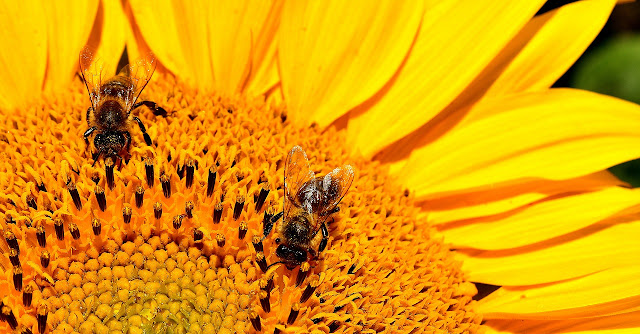For those of us who spend time gardening, we don't need anyone to tell us that digging in the dirt feels good. We know from our own experience that gardening seems to lower our stress levels, can help us get a full-body workout, and allows us to grow our own healthy food.
Science is now starting to verify what we've known all along:
But what exactly is it about gardening that helps us in so many ways? It may not just be the fact that we're outdoors, getting vitamin D and exercise, and reaping the benefits of the better nutrition we get from growing our own food.
It may be the microbes in the soil itself.
 |
| Scarlet Runner Beans growing in the garden |
It's obvious that when we garden, we get dirty. Dirt cakes under our fingernails, in our clothing, we breathe it in, and we even swallow it. Yep, even the neatest of us swallows a little dirt when we're pulling weeds or planting those carrots. With each little bit of dirt we ingest, we also swallow some of those soil micro-organisms. A few of those little critters make it to our guts. This isn't a bad thing if we're relatively healthy and the dirt is from an organic garden (like the DuPont Community Garden).
If you've been paying attention to the news for the past few years, you've probably seen the reports about our gut microbes and how they contribute to our mood. Well, one neuroscientist at the University of Bristol, Christopher Lowry, is showing that at least one common soil micro-organism can alleviate depression and anxiety. This common soil organism is called Mycobacterium vaccae or "M. vaccae" for short. Dr. Lowry has demonstrated that when given to mice, M. vaccae increases the mice's production of serotonin. Serotonin is a "feel-good" neurotransmitter (a brain "chemical") that helps increase feelings of happiness, improves sleep quality, and decreases anxiety. Human trials haven't been conducted yet, but many researchers think we'll find similar results with M. vaccae in our species.
What does this mean for the average organic gardener?
For more information about how gardening can be good for you:
*Not intended to diagnose or treat any medical or psychological condition.






























